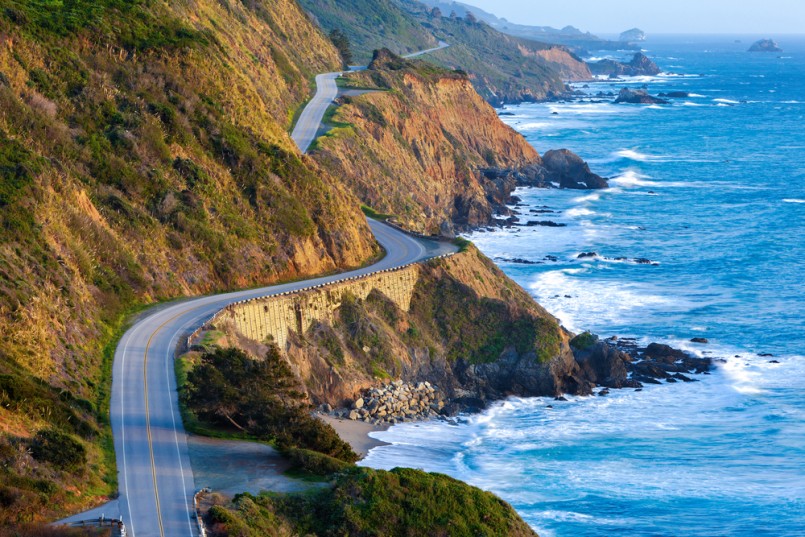Environment
California’s radical new climate law

Image: Shutterstock/Doug Meek
California is preparing to tackle it’s most challenging climate law yet with SB 32, which was recently sent to Governor Jerry Brown in August 2016, having been passed after more than ten years of discussion. The bill requires drastic reductions in greenhouse gas emissions throughout the next fifteen years, impacting numerous industries across the state. The measure states specifically that the state must reduce its greenhouse gas emissions to 40% below 1990 levels by 2030, regardless of population and economic growth. It continues the reach of the former AB 32, also called the “Global Warming Solutions Act,” signed in 2006 by Governor Arnold Schwarzenegger, which required California to cut emissions to 1990 levels by 2020.
Why is this climate law so challenging?
According to experts in the field, the bill will likely mean such changes as an increase in electric car manufacturing, new revised tax credits and incentives impacting solar and wind power, greater efficiency standards on buildings’ water systems, high-speed rail, water use reduction by 20% per person, hydrogen-powered trucks, increased efficiency in heating and windows, supermarket grocery labels showing products’ carbon footprints, landfill obligations to capture and re-use natural gas emissions, penalties for purchasing gas-powered vehicles, and more.
Although California is on track for the goal, having already successfully cut emissions down by 9.4% from their highest levels in 2004, some insist the new bill will still be an enormous challenge. “This is going to be damn hard,” said Jim Sweeney, Stanford University’s Precourt Energy Efficiency Center Director, “It’s a herculean task.”
Counting on CARB
The Golden State previously handed the obligation of implementing the requirements of AB 32 to the California Air Resources Board, or CARB, which completes the task by utilizing a mix of regulations and market mechanisms. The result was a cap-and-trade system that “imposed a ceiling on greenhouse-gas emissions across key sectors and then distributed a fixed number of trade-able pollution permits to businesses. The total number of permits dwindles each year.” In other words, the cap-and-trade program required businesses to either bring down their CO2 emissions or try to obtain permits for not doing so—as they assessed which was cheaper overall. As Vox’s Brad Plumer explains, “The idea is that by setting a price on carbon, cap-and-trade forces businesses to figure out how best to cut pollution.”
Last week’s vote on the SB 32 offers CARB a continuation of control in these areas. They are allowed a great deal of flexibility in this, and can either expand current policies or create new ones—but they aren’t without their opponents. The legality of the cap-and-trade system is currently still under question (which may place current cap-and-trade systems into peril by 2020), and there are also those who disliked the entirety of control going to CARB alone—so they followed SB 32 up with a “companion bill,” AB 197. AB 197 requires two legislative members be placed onto the board of CARB and a report be issued regularly to the Assembly/Senate, as well as the prioritization of “direct emissions reductions.”
Much work remains
Existing laws may help move things along, such as a state law requiring utilities to produce 50% of their electricity from solar and other renewables by 2030, as well as a nationwide law requiring automakers to double gas mileage standards from 27 miles per gallon to 54 miles per gallon by 2025. These are helpful, but not helpful enough to reach the goals outlined in SB 32. Numerous areas of consideration must be pursued throughout all intersecting avenues of energy production and other sectors to arrive at the optimal plan. As California plunges into new terrain in climate law, the rest of the country watches to see how efficiently their plans work—or don’t.





0 comments